Your cart is currently empty!
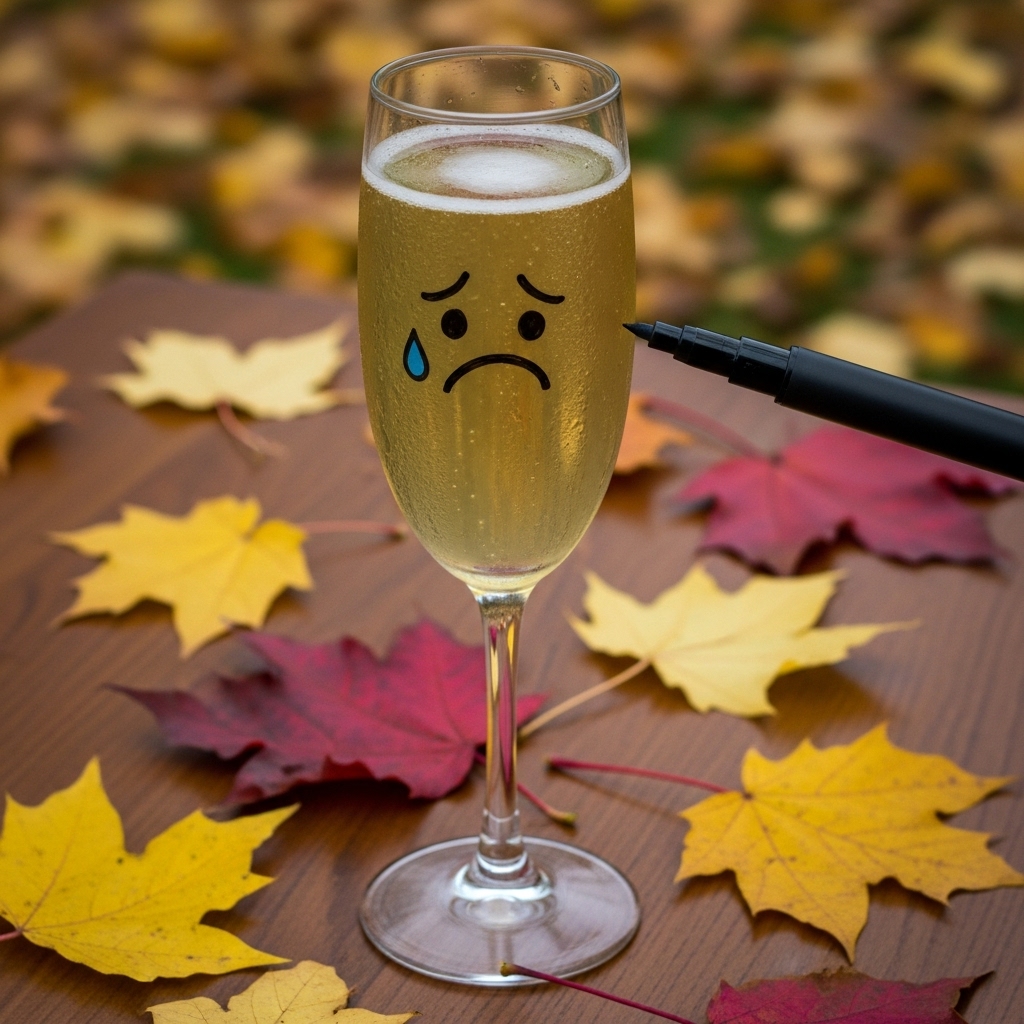
The Science of the Sip: How to Protect Your Sparkling Wine from Oxidation
—
Sparkling wine’s magic lies in its vibrant effervescence and fresh aromas. However, this delicate beverage is particularly sensitive to oxidation, a natural chemical process that, if not managed, can quickly diminish its lively character. While winemakers meticulously control oxygen during production, there are crucial steps you, as a consumer, can take to ensure every sip of your sparkling wine is as crisp and delightful as intended.
Understanding Oxidation: What Happens to Your Bubbles?
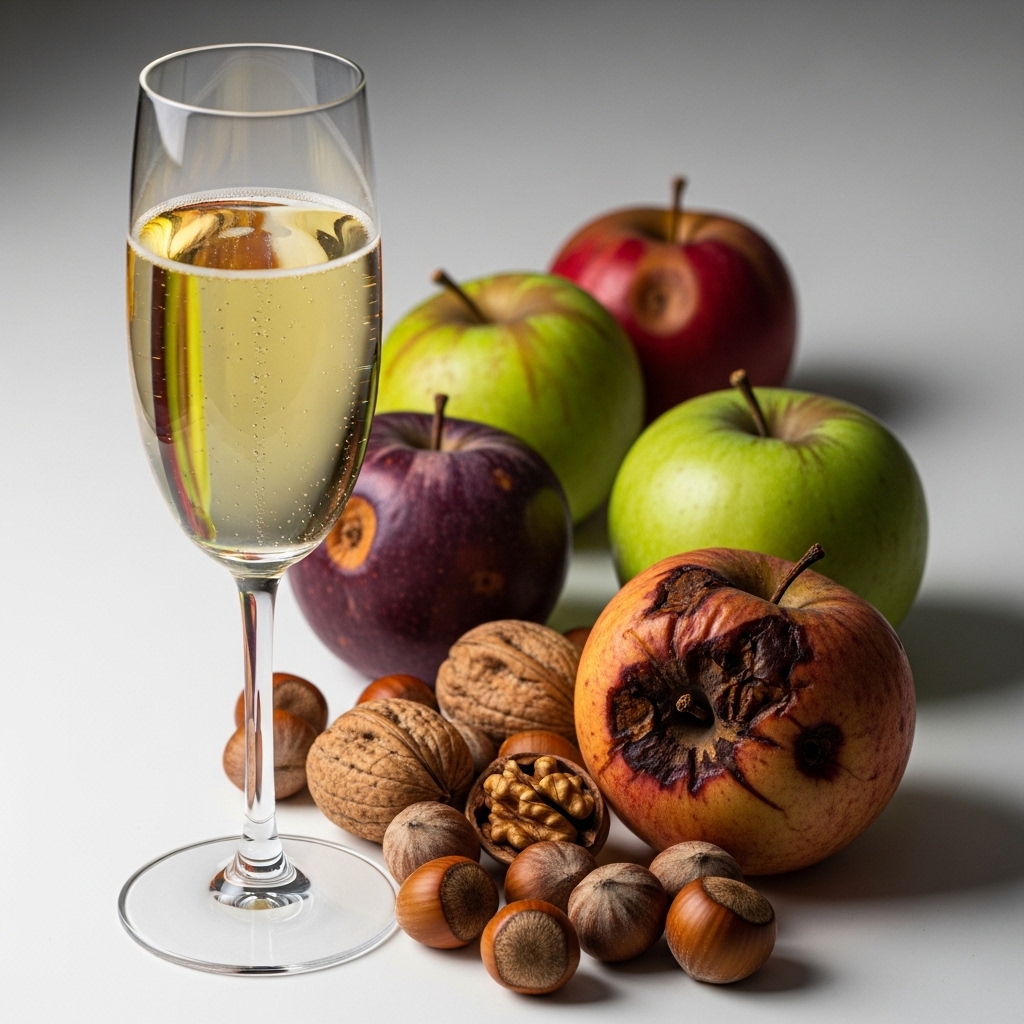
At its core, oxidation occurs when oxygen comes into contact with the wine’s components. This triggers a series of chemical reactions that lead to undesirable changes:
- Flavor and Aroma Shift: Fresh, fruity, and floral notes give way to less appealing aromas of “bruised apple,” “nutty,” or even “stewed fruit.” In severe cases, the wine can develop a vinegar-like smell due to the formation of acetic acid.
- Color Changes: White and sparkling wines will lose their bright, pale hues, turning darker to golden, amber, or even brownish tones.
- Loss of Fizz: The delightful bubbles become less persistent and eventually disappear, leaving the wine flat and lifeless.
These changes are largely irreversible. Once a sparkling wine has oxidized, its original vibrancy cannot be fully restored.
Why Does Sparkling Wine Oxidize So Easily?
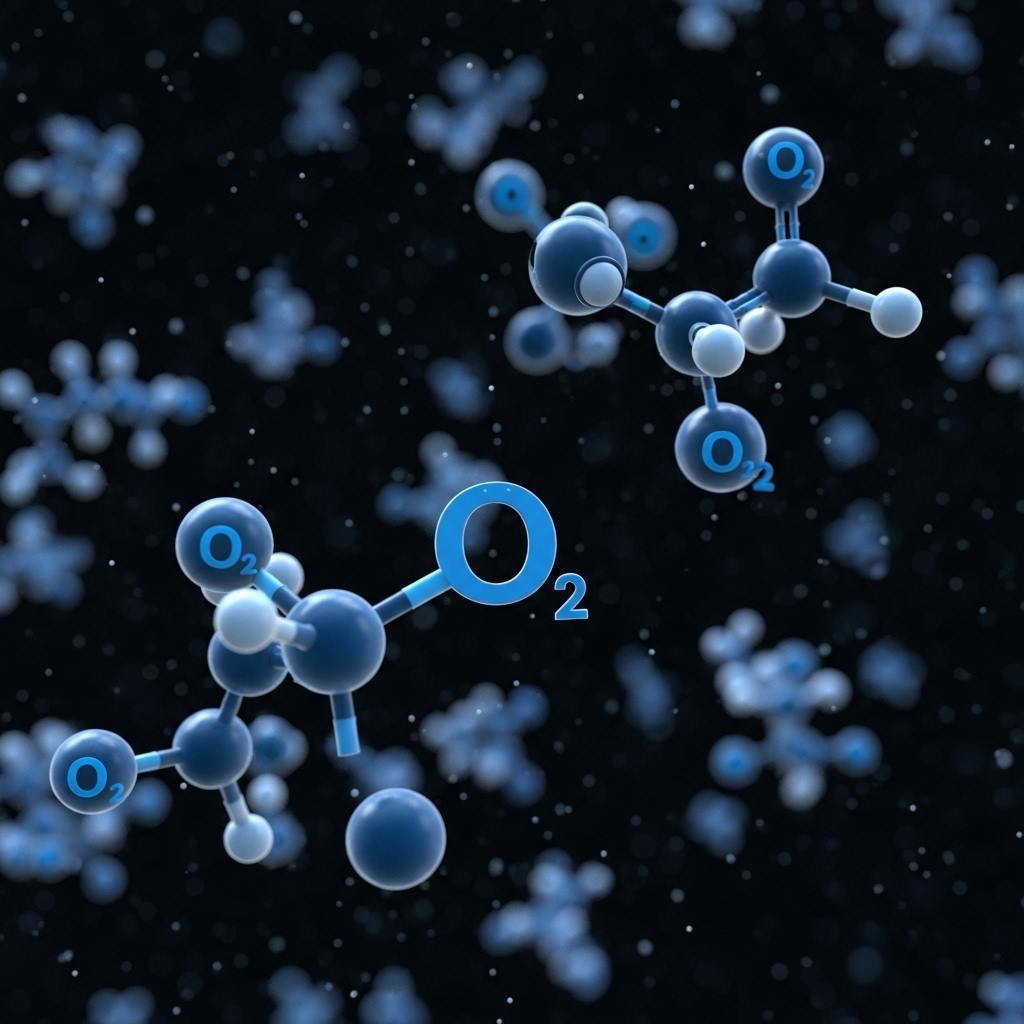
Several factors contribute to sparkling wine’s susceptibility to oxidation:
- Its Delicacy: Sparkling wines are often made to be enjoyed for their fresh, aromatic profiles, which are particularly vulnerable to oxygen.
- The Bubbles Themselves: While the effervescence is a hallmark, it also means there’s carbon dioxide constantly interacting within the bottle. When the seal is broken, this gas escapes, and oxygen rushes in.
- Production Exposure: Although winemakers take great care, there are unavoidable moments during production (like disgorgement, when yeast sediment is removed) where the wine has brief contact with air.
- Closure Integrity: While modern corks and crown caps are designed to minimize oxygen ingress, a faulty cork can allow too much air to seep in over time.
- Storage Conditions: Heat and light are major culprits, accelerating chemical reactions and forcing oxygen into the bottle.
Your Guide to Minimizing Oxidation: Preserve the Sparkle!
The good news is that with a few simple practices, you can significantly extend the life and quality of your sparkling wine, both before and after opening:
Before Opening: Smart Storage is Key
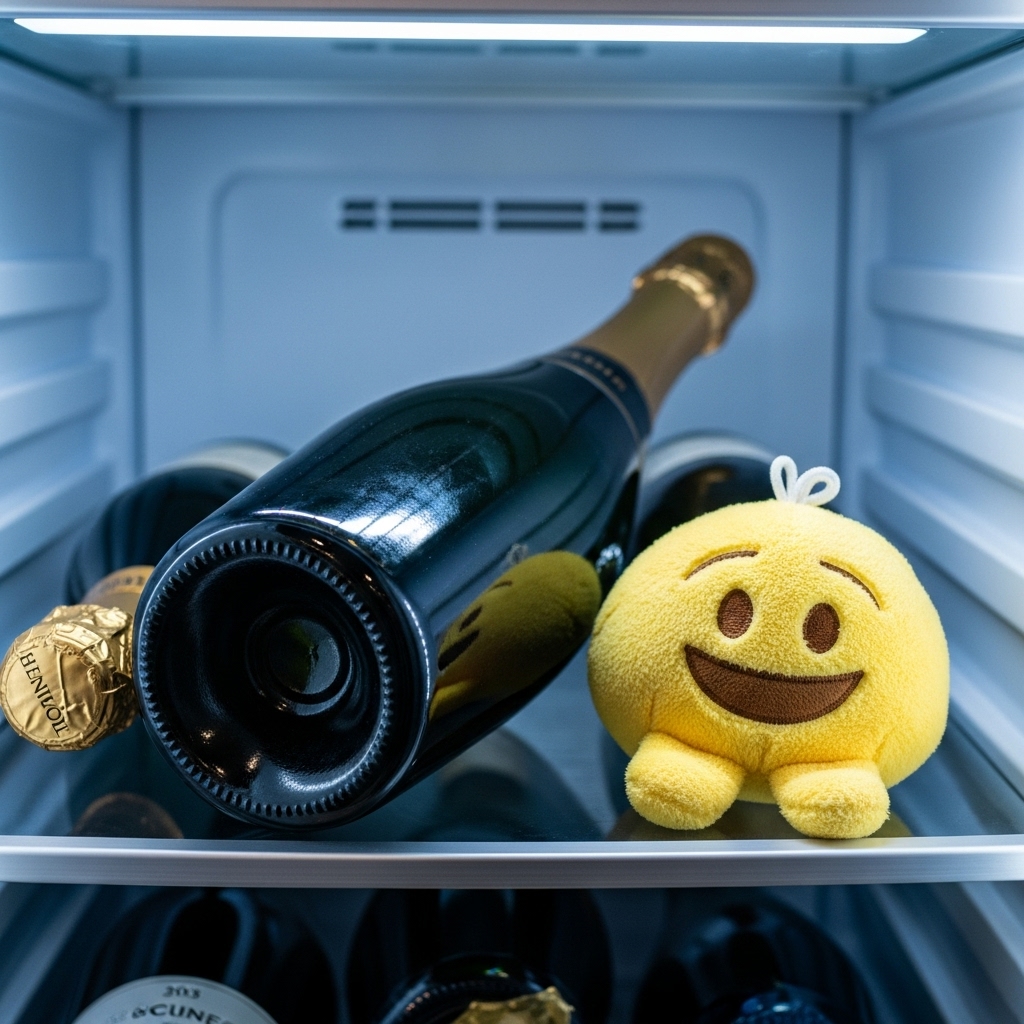
Protecting your unopened bottles is the first line of defense:
- Keep it Cool and Consistent: Store sparkling wine in a cool environment, ideally between 7-13°C (45-55°F). Avoid placing bottles near heat sources (like ovens, radiators) or in spots with drastic temperature swings (like a sunny windowsill). Consistent temperatures slow down all chemical reactions, including oxidation.
- Darkness is Your Friend: Light, especially direct sunlight and strong artificial light, can cause “lightstruck” flavors and accelerate spoilage. Always store your bottles in a dark place – a cupboard, closet, or a dedicated wine fridge are ideal. Darker glass bottles offer some, but not complete, protection.
- Mind the Humidity (for longer storage): For bottles you plan to keep for an extended period, moderate humidity (around 60-70%) helps prevent natural corks from drying out and allowing too much oxygen to enter. For most consumer purposes, simply keeping it cool and dark is sufficient.
After Opening: Act Swiftly and Seal Properly!
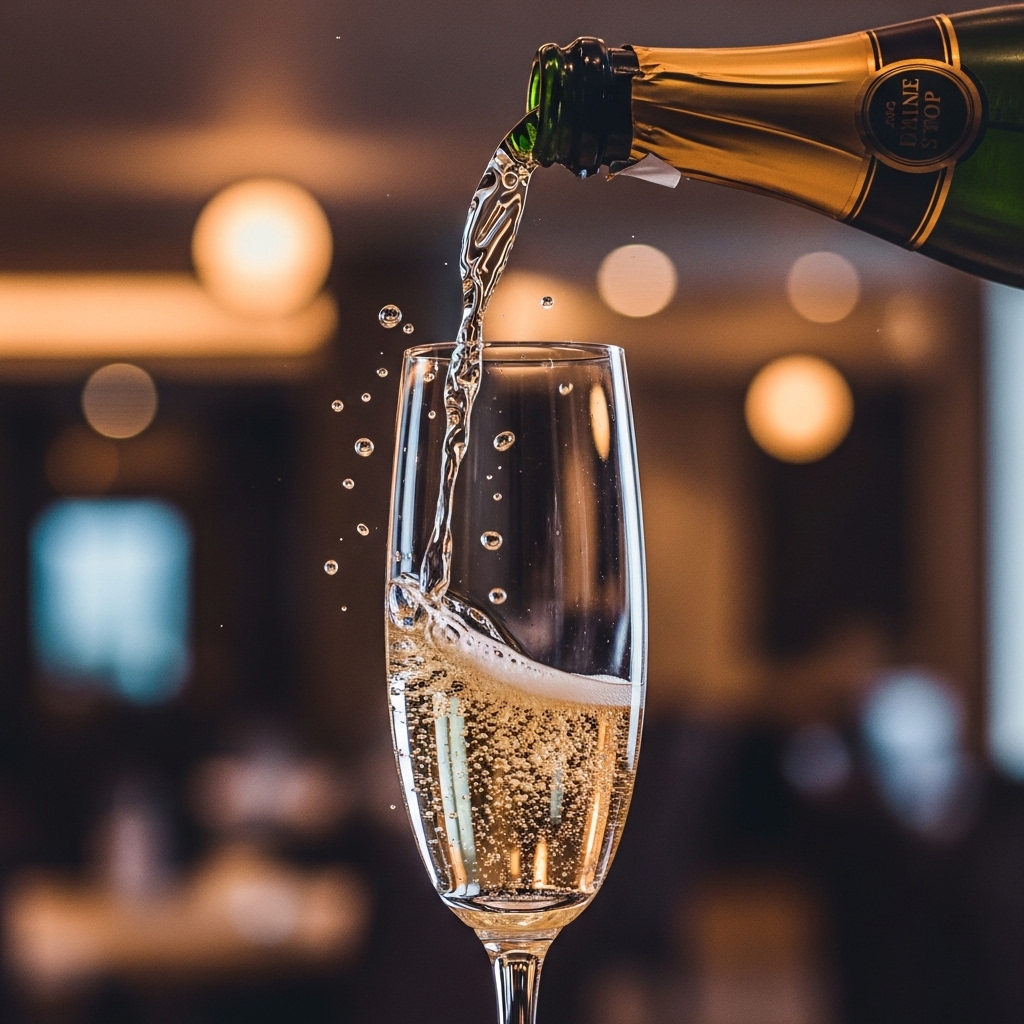
This is where you have the most direct control over oxidation. Sparkling wine loses its fizz and freshness quickly once opened, so prompt action is vital:
- Reseal Immediately with a Proper Stopper: This is the most crucial step! The moment you pour a glass, immediately put a dedicated sparkling wine stopper back on the bottle. These stoppers are designed to create an airtight seal and withstand the internal pressure, keeping the precious bubbles locked in. A regular cork or plastic wrap will not work effectively; the pressure will simply push them out or allow oxygen to enter.
- Refrigerate Without Delay: Always store opened sparkling wine in the refrigerator. The cold temperature drastically slows down the chemical reactions of oxidation, buying you precious extra days of freshness. Store the bottle upright in the fridge to minimize the wine’s surface area exposed to any remaining oxygen.
- Consider a Sparkling Wine Preservation System: For true enthusiasts who want to savor their bubbly over several days or even weeks, investing in a specialized sparkling wine preservation system can be a game-changer. These systems often work by either creating a strong pressure seal or by injecting inert gas (like argon) to form a protective layer over the wine, preventing oxygen contact and preserving effervescence for much longer.
- Enjoy Promptly: Even with the best preservation methods, sparkling wine is at its peak vibrancy and freshness within 1-3 days of opening. Its delicate bubbles are particularly susceptible to loss. Plan to finish the bottle within this timeframe for the best experience.
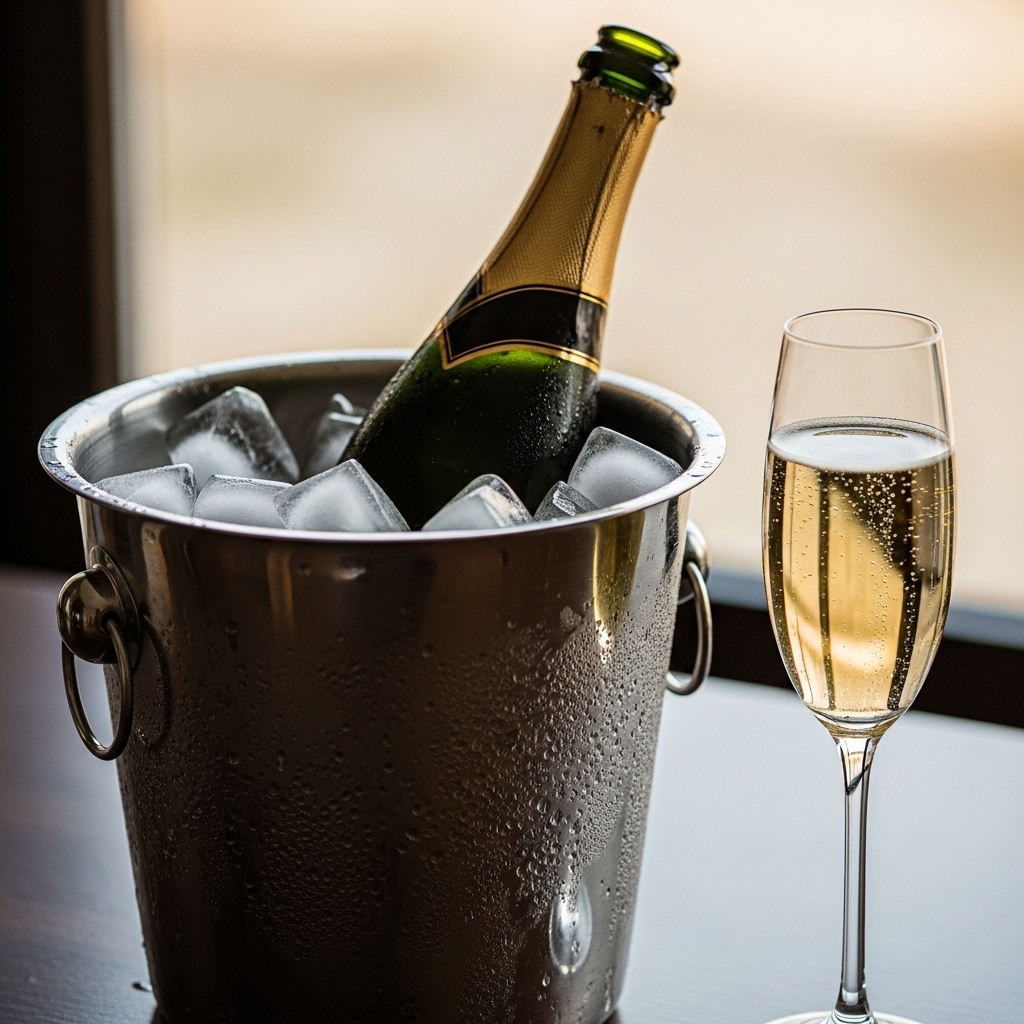
By understanding the subtle science behind oxidation and implementing these straightforward tips, you can confidently open your next bottle of sparkling wine, knowing you’re doing everything possible to enjoy its lively, fresh, and perfectly effervescent character down to the very last drop.

